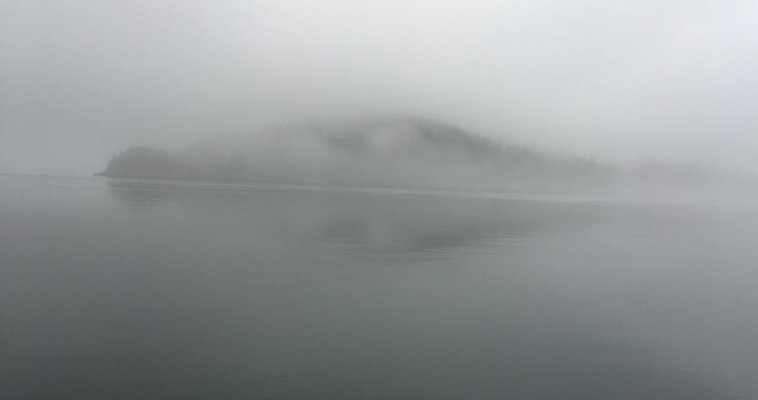I'm curious why the focus on Seattle to Juneau as the mission? As described, I think the mission is just barely viable, and you would only do it once - actually twice because you then need to get home.
To me, a more useful and lasting mission would be to cruise Puget Sound and the Gulf Islands. i think what you have specified could be quite suitable for that, and could be used more than once.
I guess the question is whether the goal is to build a rocket and go to the moon, god damn it, or is the goal to build an electric boat and use it.
As for the underlying boat, I know nothing about Great Harbours other than horrific stories by people having one built. I think it's here on TF if you search. Because of that, they would be low on my list regardless of the boat's characteristics.
It seems you base requirements are:
- Small and light for best range with least power. Note that this is counter to comfort and resilience to bad seas.
- Built for an outboard so you can install the Torqeedo.
- As much living space as possible, given it's a small boat.
I think I'd be looking and ranger tugs, and other "trailerable" trawlers.
Are you thinking you would buy new, perhaps with customizations for your electric power? Like no fuel tank, and use that space for batteries? If so, keep in mind that buying a boat of this type is not an off-the-lot purchase. They are almost all built-to-order with a year or more lead time. And as many have experienced, me included, build times can become much longer than originally promised. My boat is a year late, and if I'm remembering the GH build story correctly, that was very late and then took another year or more to actually make right and workable.
What strategy I'd adopt would depend on the mission as noted earlier. If the mission is more or less a one shot deal to show it can be done, then I think I'd buy a used Ranger tug, pull out the motor and store it, and leave the fuel tank and rigging intact, or in a form where it can all be restored back to the original outboard. That way you could get back to a more salable boat when finished. If the goal were to have a long term usable boat, I would probably still follow a similar course, but be more willing to make changes that would be harder (but never impossible) to reverse. So, for example, I might remove the fuel tank to recover space for batteries, or make other bigger changes. I just think in the end an electric conversion boat will be significantly harder to sell than a conventional boat, so every step of the way I'd be very mindful of the reversibility of any changes.
Also for the initial performance testing of hull+motor, I'd be looking to do that with minimum cost exposure and $$ at risk. So I'd buy a standard Torqeedo & battery pack, bolt it to an example of the desired hull, get my performance data, and proceed from there. If it's a flop, you can sell the motor and minimize you loss.
I definitely wouldn't be investing in even a partial battery pack, unless I had a certain alternate use for those batteries. The battery pack isn't an unknown. The unknown is how much power it will take to effectively operate the boat. That's the big unknown. Once that's determined, the battery pack can be easily designed, and is just a matter of space and money to build.





